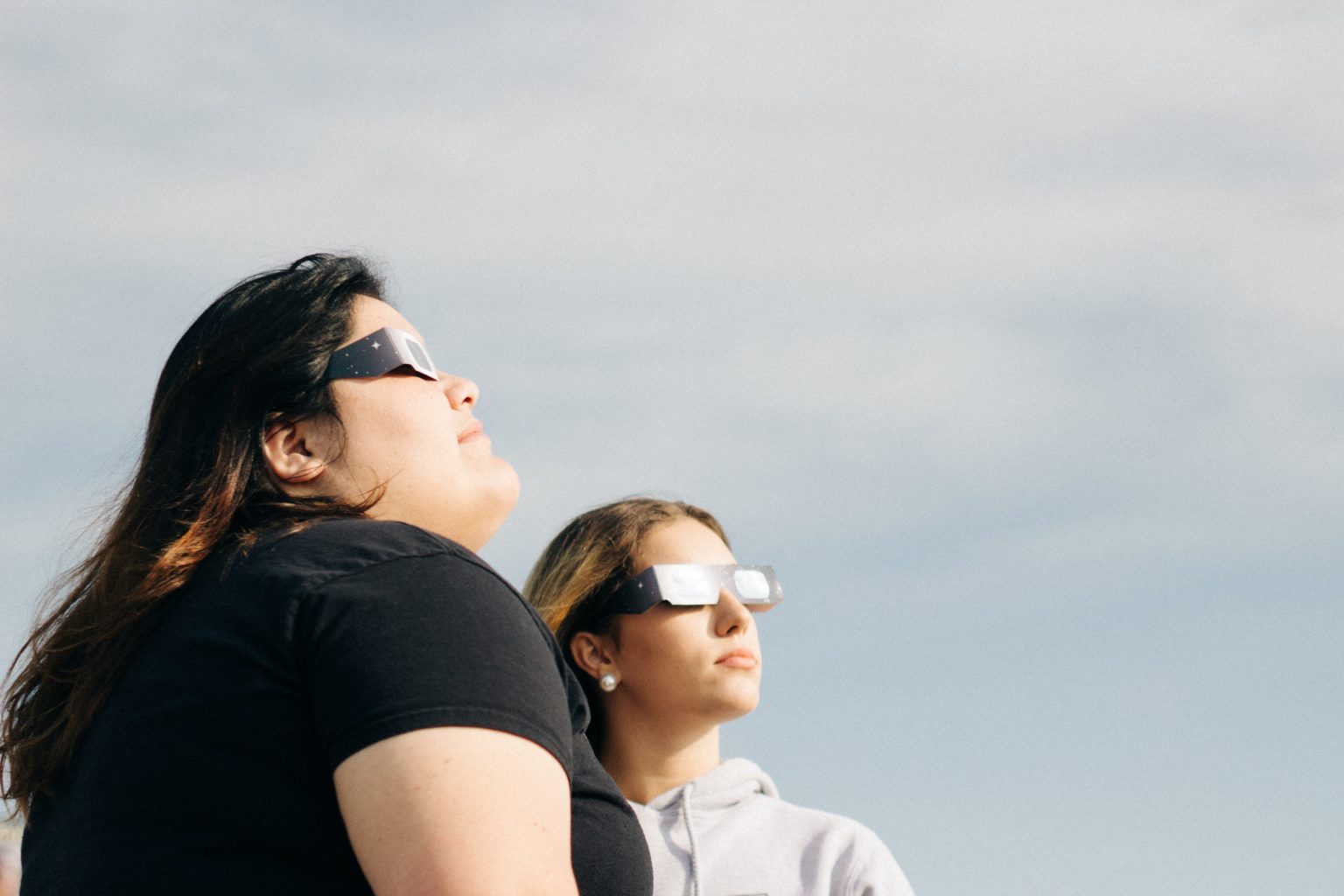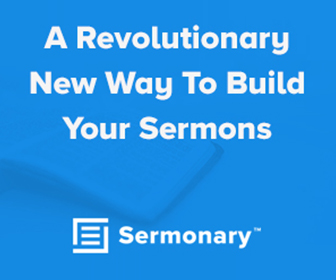In August of 2017, North America experienced a total solar eclipse when the moon came directly between earth and the sun. Writing before the eclipse, NASA described it this way: “This path, where the moon will completely cover the sun and the sun’s tenuous atmosphere—the corona—can be seen, will stretch from Salem, Oregon to Charleston, South Carolina” (Eclipse 2017, NASA, https://eclipse2017.nasa.gov/). A total solar eclipse is a rare phenomenon, and many are excited to view it. However, there are safety precautions that must be followed. NASA says, “Looking directly at the sun is unsafe except during the brief total phase of a solar eclipse (‘totality’), when the moon entirely blocks the sun’s bright face, which will happen only within the narrow path of totality. The only safe way to look directly at the uneclipsed or partially eclipsed sun is through special-purpose solar filters, such as ‘eclipse glasses’ or hand-held solar viewers. Homemade filters or ordinary sunglasses, even very dark ones, are not safe for looking at the sun; they transmit thousands of times too much sunlight” (“Safety,” Eclipse 2017, NASA, https://eclipse2017.nasa.gov/safety). Jesus is like our eclipse glasses; he allows us to look at the splendor of God without being harmed. He enables us to see clearly what the Scriptures are about. When we approach the Bible, we must read it through the ministry and fulfillment that Christ has brought. All of the Bible is inspired, and everything must be seen through the central figure of Scripture: Jesus.





